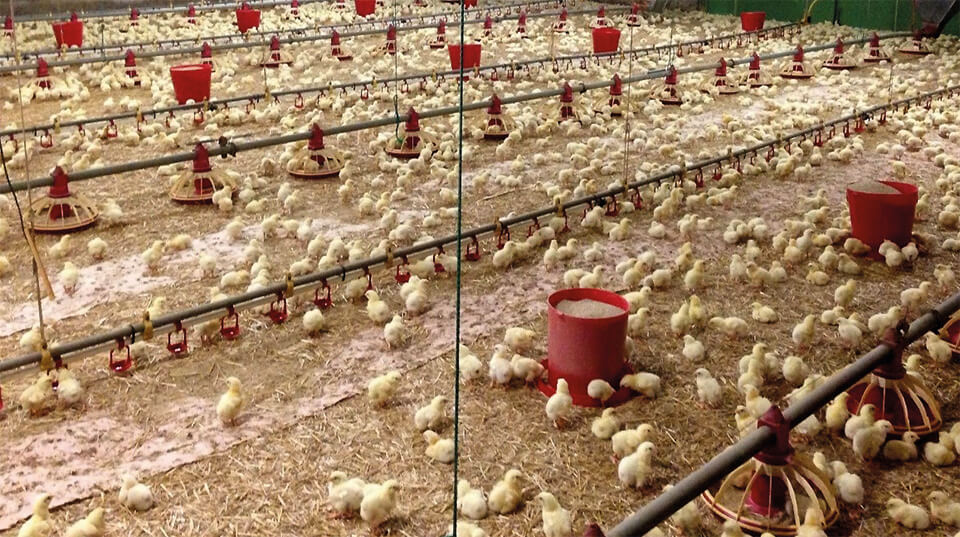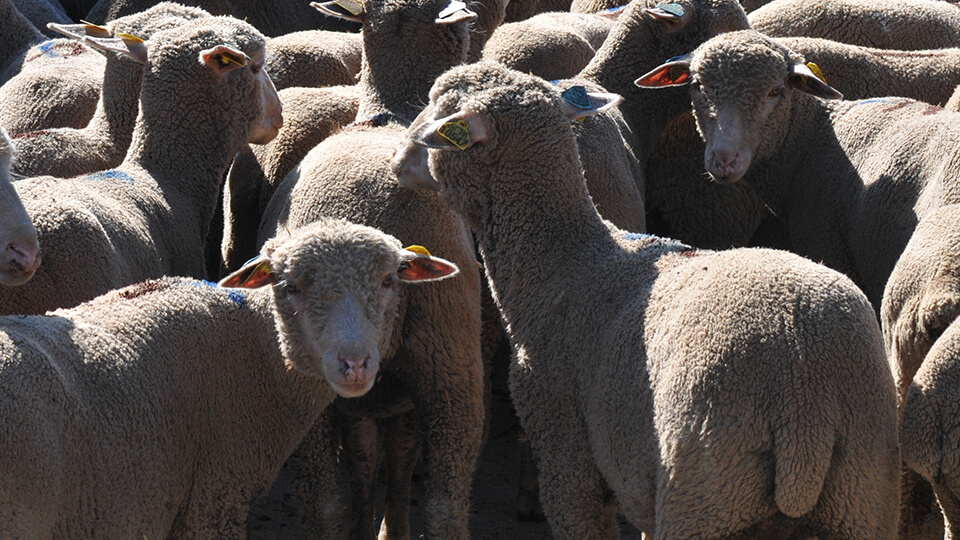Prévention sanitaire et vaccinale en filière aviaire

Auteurs
Résumé
La prévention est le pilier principal de la démarche visant à diminuer le recours aux antibiotiques. En filière aviaire, elle vise deux objectifs : 1 - biosécurité : réduire le risque d’introduction et de propagation d’un contaminant dans l’élevage. La bio-exclusion, subdivision principale de la biosécurité, reprend les mesures visant à bloquer l’entrée d’un contaminant. Pour être efficace, elle se fonde sur une analyse des risques, une surveillance et un plan d’action en cas de contamination destiné à en limiter l’extension. La gestion des intrants (personnel, aliment, animaux, eau de boisson, litière) et du bâtiment en sont les piliers. 2 - vaccination : contrôler la portée clinique, économique ou zoonotique de contaminants qu’on ne peut pas exclure. Les vaccins sont destinés soit à protéger l’animal, soit à protéger les issus, soit à protéger la santé humaine. Un programme vaccinal se construit sur la base d’une connaissance du contexte épidémiologique local et du coûtbénéfice de ne pas vacciner. Cet article décrit l’application des principes de la prévention d’exclusion et de la vaccination aux filières avicoles.
Abstract
The main technique to reduce antibiotic use is prevention. In the poultry industry two objectives are targeted: 1 – biosecurity aims to reduce the risk of the introduction and the diffusion of an infectious agent in a farm. Bio-exclusion, the principal subdivision of biosecurity, applies measures aimed at blocking the entry of an agent. In order to be effective, it is based on risk analysis, monitoring and a plan of action in the case of infection which aims to limit the disease from spreading. The mainstays of control are correct management of inputs (personnel, feed, animals, drinking water and bedding) and of the building. 2 – vaccination aims to control the clinical, economic and husbandry importance of infectious agents that cannot be prevented. Vaccines are either designed to protect the animal, or the animal products or human health. A vaccination programme is based on the knowledge of the local epidemiological context and the cost benefit of not vaccinating. This paper describes the principles of prevention by exclusion and of vaccination in the poultry industry.
D'autres articles
N°77 Mars-avril 2015 Page 43
Toutes espèces · Zootechnie


